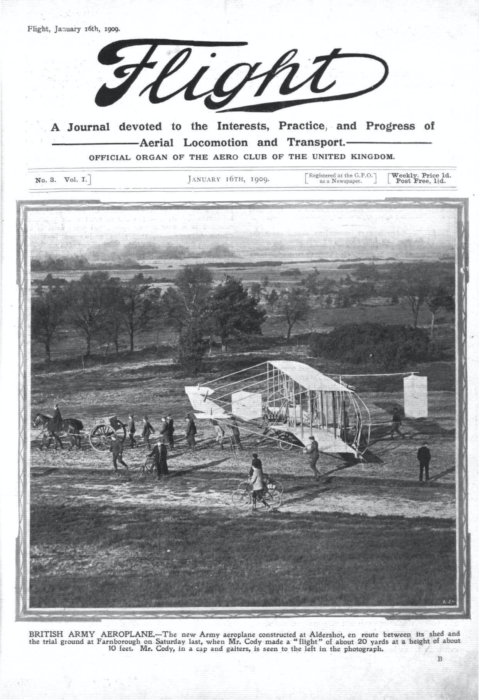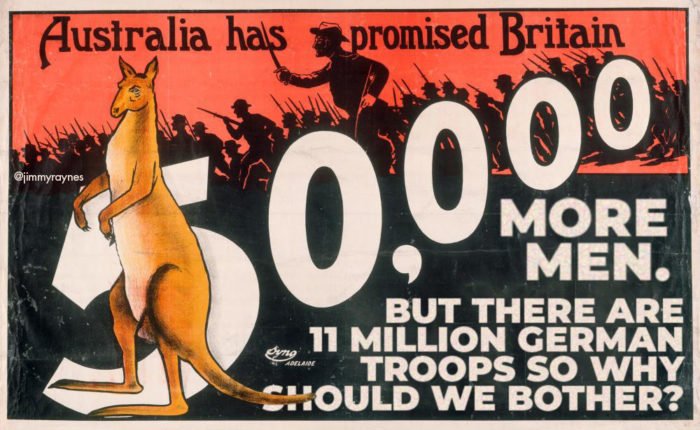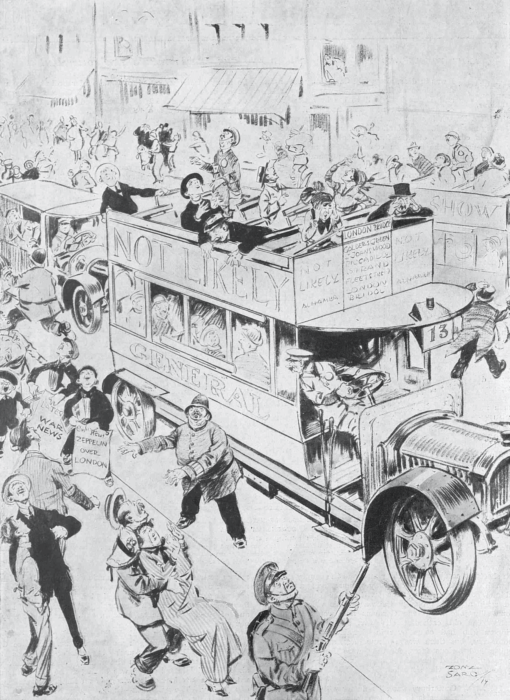
Since 2007, the FlightGlobal Archive (AKA the 'Flight archive') has been an incredibly useful resource for me, many other aviation historians, and Wikimedia Commons, as it provides online access to high-resolution PDFs (with OCR) of nearly every page of the key British aviation trade magazine Flight (from 1962 Flight International), from the first issue in 1909 up to 2004 -- all for free!1 Or rather it was incredibly useful, because since a FlightGlobal upgrade in late 2019 it has been unavailable, with the following message splashed on the landing page:
As part of the flightglobal.com relaunch, the Flight magazine archive is undergoing maintenance to transition to our new web platform. It will be back online as soon as possible.
Thanks for your patience.
In the meantime, why not subscribe to Flight International and get access to the past editions from 2012 through the digital library.
As the Archive been down for over three months, that patience is starting to turn into anxiety, and I think some people have tried contacting FlightGlobal to find out what the story is, but with no luck, as far as I know. My uninformed (but not uneducated) guess is that the original archive depended on a bespoke and probably very spaghetti environment written by some long-gone sysadmin, which was broken by the site upgrade. And precisely because it's free and presumably generating no revenue, there would understandably be little incentive for FlightGlobal to fix it quickly, even with the best of intentions. If that's the case, then considerably more patience may be required. But there's good news, and bad news; and more good news and more bad news.
...continue reading
- '100% FREE ACCESS -- forever. In fact we’re positively encouraging you to link to, copy and paste from, and contribute to the development of this unique record of aerospace and aviation history.' [↩]






